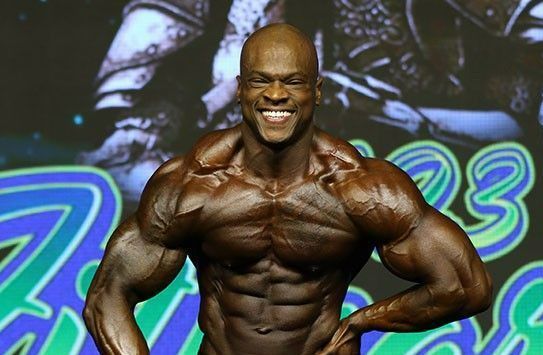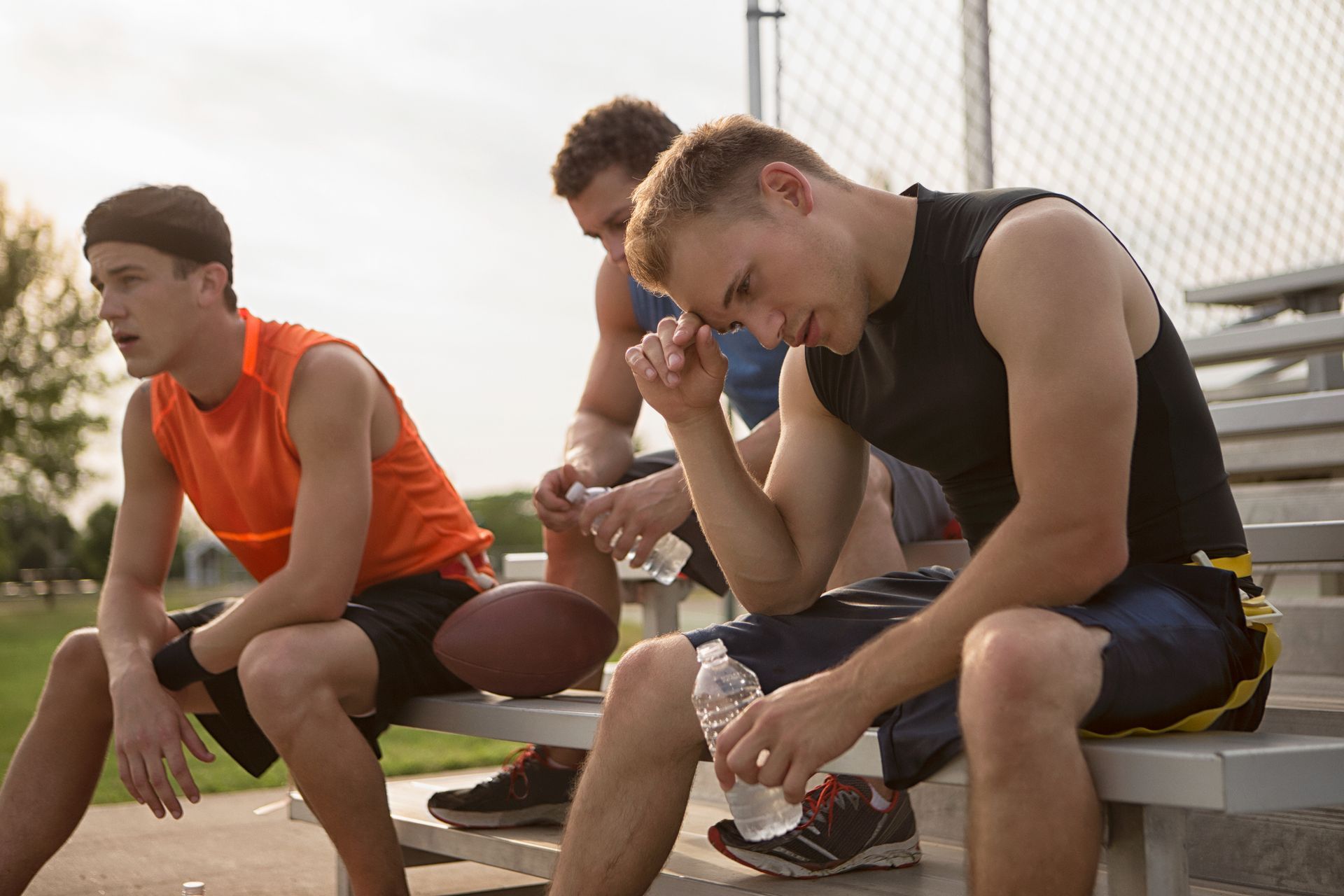Nourishing the Body and Strengthening Bonds: The Power of Nutrition and Small Group Exercise
In the pursuit of a healthy lifestyle, two essential components often come to mind: nutrition and exercise. While these elements play vital roles independently, combining them can create a powerful synergy that amplifies their benefits. In this blog post, we will explore the interconnectedness of nutrition and small group exercise, looking into how they support one another in promoting well-being. So, grab a nutritious snack, get ready to break a sweat, and let’s dive in!
The Foundation of Good Nutrition
To understand the impact of nutrition on small group exercise, we must first recognize its fundamental role in our overall health and fitness. A well-balanced diet provides the necessary fuel for our bodies to function optimally. It not only influences our physical performance but also affects our mental well-being, focus, and recovery.
When it comes to small group exercise, nutrition becomes even more critical. Engaging in activities such as group fitness classes, team sports, or partner workouts demands energy, endurance, and strength. Consuming a nutrient-dense diet that includes lean proteins, complex carbohydrates, healthy fats, and an array of vitamins and minerals ensures that our bodies are adequately fueled to meet the demands of these activities.
Additionally, proper nutrition plays a significant role in post-exercise recovery. After engaging in small group exercise, our bodies require nutrients to repair muscles, replenish glycogen stores, and facilitate overall recovery. By providing the necessary building blocks through a balanced diet, we can enhance our recovery process and reduce the risk of injuries.
T he Social Element of Small Group Exercise
Small group exercise brings together individuals with shared fitness goals, creating a supportive and motivating environment. It offers a sense of community and camaraderie that can significantly impact one’s adherence and enjoyment of physical activity. Exercising in a group setting provides accountability, encouragement, and the opportunity to connect with like-minded individuals.
Moreover, the social aspect of small group exercise extends beyond the workout itself. It often involves post-workout gatherings, discussions about nutrition and wellness, and the sharing of experiences and challenges. These interactions allow for the exchange of valuable information and the cultivation of a supportive network that nurtures overall well-being.
The Role of Nutrition in Small Group Exercise
Nutrition not only fuels our bodies for small group exercise but also plays a pivotal role in optimizing performance and recovery. Let’s explore a few key aspects where nutrition intersects with small group exercise:
1. Energy levels and performance: Consuming a balanced diet ensures that we have sufficient energy to perform at our best during group workouts. Adequate intake of carbohydrates, particularly complex carbohydrates, provides a steady source of energy, enabling us to sustain high-intensity activities and endurance-based exercises.
2. Muscle building and repair: Protein is crucial for muscle growth and repair. Engaging in small group exercises often involves resistance training or activities that stress our muscles. By consuming enough protein, we provide our bodies with the necessary amino acids to repair and rebuild muscle tissue, enhancing strength and recovery.
3. Hydration and endurance: Proper hydration is essential for maintaining optimal performance and preventing fatigue during exercise. Staying hydrated aids in regulating body temperature, lubricating joints, and delivering nutrients to cells. Whether it’s a small group HIIT class or a team sports session, ensuring adequate hydration is crucial for sustaining endurance and maximizing performance.
4. Mental focus and recovery: Nutrition also plays a role in supporting cognitive function and mental well-being, which are vital for both exercise performance and recovery. Nutrients like omega-3 fatty acids, antioxidants, and B vitamins contribute to brain health, mood regulation, and reducing inflammation, enhancing our overall exercise experience.
Conclusion
When it comes to achieving optimal health and fitness, combining nutrition and small group exercise is a winning combination. By nourishing our bodies with a well-balanced diet, we provide the necessary fuel to maximize performance, support recovery, and enhance overall well-being. Engaging in small group exercise offers not only physical benefits but also the added advantages of social support, motivation, and a sense of community. Contact us through this website and we will arrange a no sweat introduction to develop a plan specific to your needs and fitness goals.
More Recent Posts




